
This study looks at how EU initiatives, like the Circular Economy Act and the New European Bauhaus, are leading the way in circular solutions.
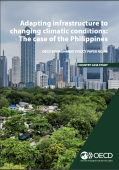
This policy paper presents findings carried out in the Philippines on mainstreaming climate resilience in infrastructure planning and development.
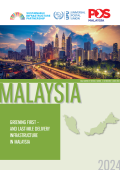
The case study focuses on Malaysia’s strategic efforts to integrate sustainable practices into its logistics and e-commerce infrastructure, highlighting the operations of Pos Malaysia, the country’s leading parcel service provider.
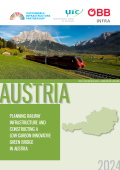
The case study details Austria's innovative approach to addressing the environmental challenges posed by large-scale railway infrastructure projects, particularly through the construction of a green bridge on the Koralmbahn railway line.
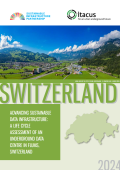
The case study details the innovative approach of using Underground Data Centres (UDCs) as a sustainable alternative to traditional aboveground data centres.

The case study details the innovative approaches taken by Bogotá, Colombia, to address the challenges of urbanization, congestion, and pollution through data-driven strategies for sustainable infrastructure.

The case study details a project in Bahrain, where cultural heritage preservation was combined with economic diversification to boost tourism, create jobs, and foster community development through sustainable urban regeneration.
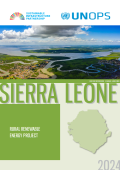
The case study details how the Rural Renewable Energy Project in Sierra Leone significantly improved energy access and empowered communities, particularly women, through sustainable infrastructure development in rural areas.

This strategy plan aims to help Micronesia's Yap State establish a technically sound and financially sustainable solid waste management system.
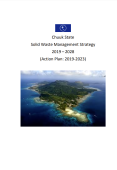
This strategy plan for Chuuk State in Micronesia establishes a technically sound and financially sustainable solid waste management system.
